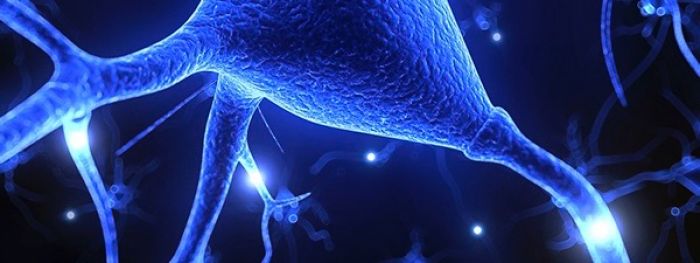 Stanford scientists have created new tools that let researchers read brain activity by observing glowing trails of light spreading between connected nerves.
Stanford scientists have created new tools that let researchers read brain activity by observing glowing trails of light spreading between connected nerves.
- Written by Stanford News
Stanford scientists observe brain activity in real time
New optogenetic tools for watching brain nerves send signals in real time will make it easier to study brain functions and help develop therapies for brain diseases. Stanford News reports on two scientists who have worked together to create tools to observe the glowing trails of light spreading between connected nerves.
Their papers in Nature Neuroscience and Nature Communications describes how Stanford assistant professor of pediatrics and of bioengineering Michael Lin and associate professor of biology and of applied physics Mark Schnitzer have developed proteins that light up as an electric current sweeps down the long tendrils that link nerves together.
"You want to know which neurons are firing, how they link together and how they represent information," said Michael Lin, assistant professor of pediatrics and of bioengineering. "A good probe to do that has been on the wish list for decades."
Read the full article at Stanford News.
Visible Legacy Comment
This project builds on a previous project sponsored by a grant from Stanford Bio-X. The speed of these sensors allow reading the voltage movements in individual neurons and will be helpful in determining how brain activity drives animal behavior. The Schnitzer group is is collaborating in a variety of translational research projects.. See the latest research from the ecosystem by exploring the map below!
updated 161003.1
Additional Info
-
Navigator:
 Explore the map in Navigator
Explore the map in Navigator - Widget:
- Caption: The Schnitzer group has longstanding interests in neural circuit dynamics and optical imaging, and his laboratory has research efforts in In vivo fluorescence imaging, fiber-optic fluorescence microendoscopy imaging techniques, and high-throughput, massively parallel imaging techniques for studying brain function .
Related items
- Multi-Tasking Wearable Continuously Monitors Glucose, Alcohol, and Lactate
- Privacy-preserving camera captures only the objects you want
- USF CUTR receives $3.5M contract from the U.S. Department of Energy
- WSU Researchers develop recyclable composites
- JHU Med Scientists Create Nanobody That Can Punch Through Tough Brain Cells
